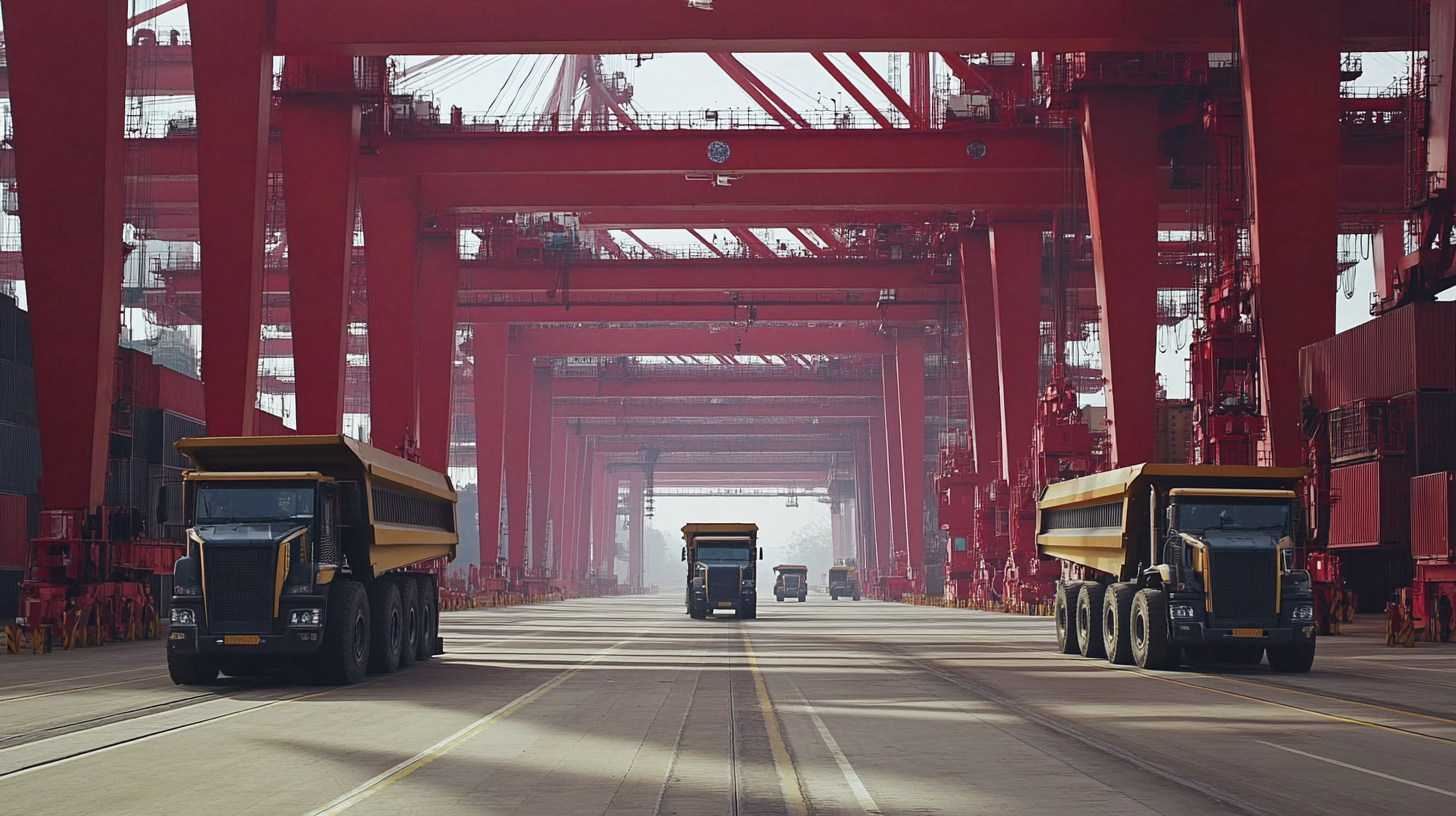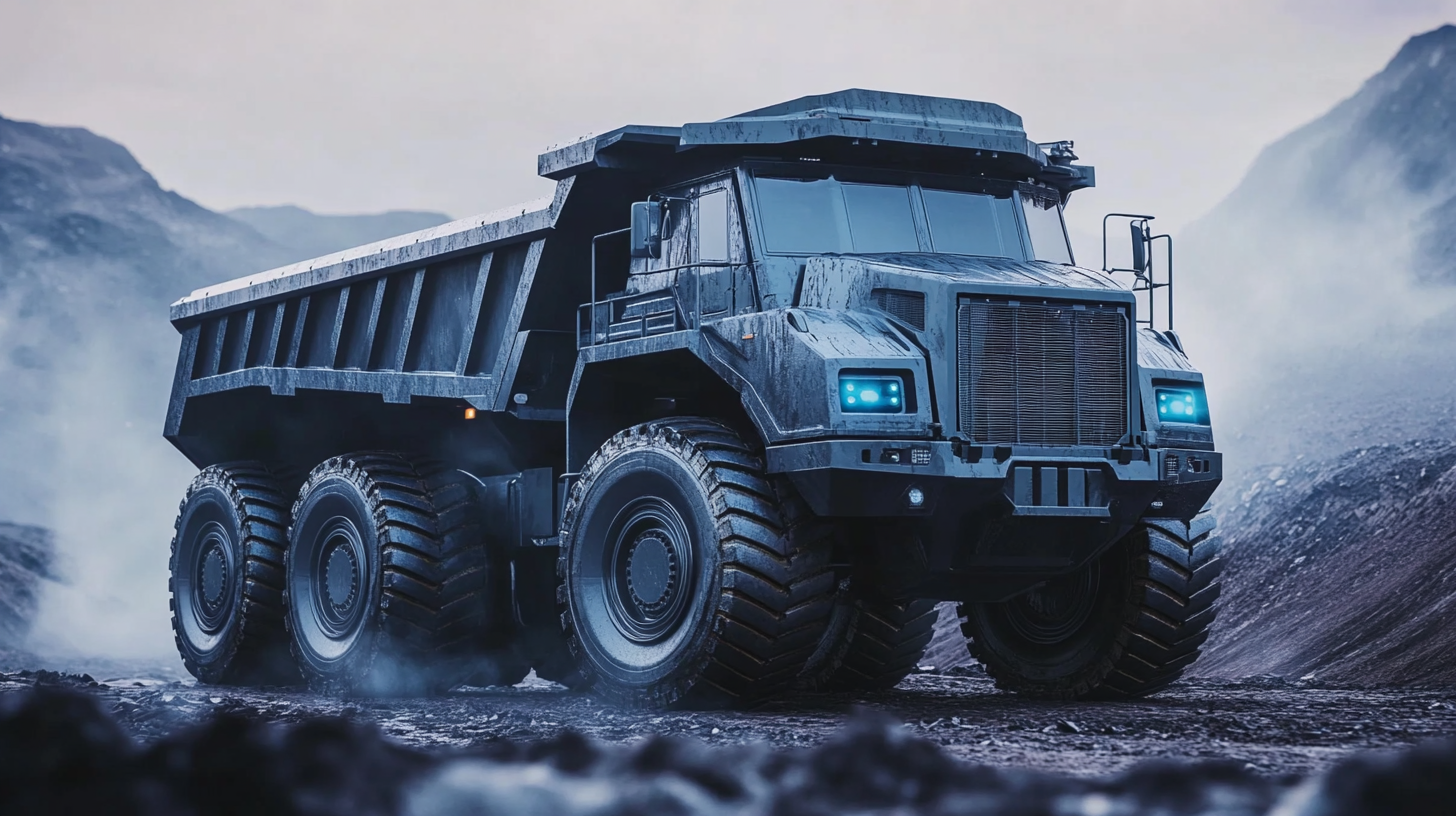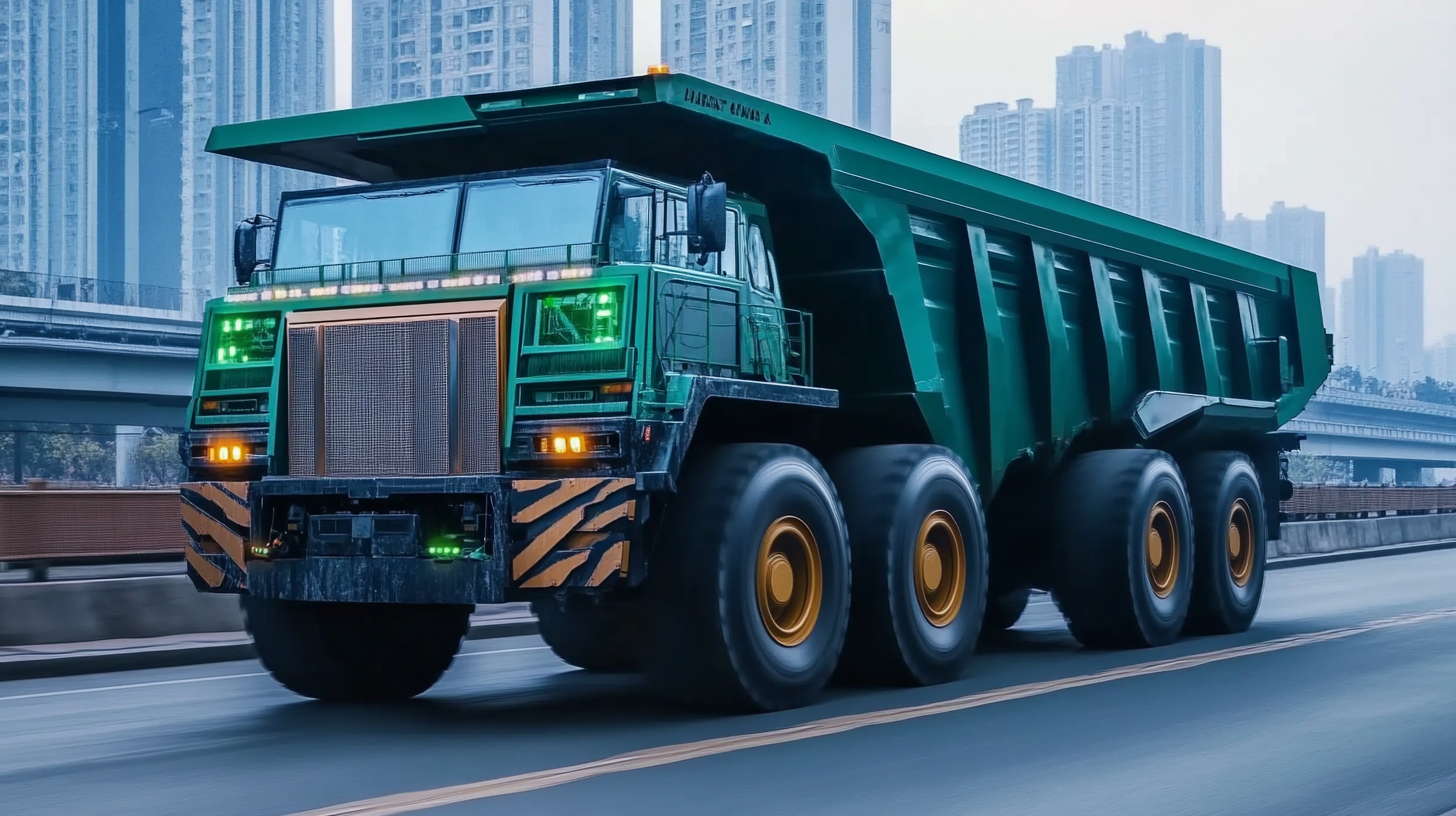In the face of escalating trade tensions and tariffs between the United States and China, one might expect Chinese manufacturing to suffer significantly. However, the reality is quite different, particularly in the sector of automated mining trucks. These innovative vehicles, which are revolutionizing the mining industry, have found remarkable resilience amidst these geopolitical challenges. With advanced technology and efficiency at their core, automated mining trucks are not just surviving but thriving in a competitive global market. This blog will explore how China's automated mining trucks have managed to rise against the odds, outlining the factors that contribute to their growth and success despite the tumultuous backdrop of US-China trade relations. As we delve deeper, we will also examine the implications of this phenomenon for the future of both nations' industries and their economic strategies.

In recent years, the rise of China’s automated mining trucks has revolutionized the mining industry, especially in the context of a tariff-driven economy. According to a report by McKinsey & Company, automation in mining can boost productivity by up to 30% while also significantly reducing operational costs. As U.S.-China tariffs continue to impact traditional mining operations, Chinese manufacturers have leveraged automation technology to maintain competitiveness and meet domestic demands.
As the global mining industry navigates these turbulent economic waters, the adoption of China’s automated mining trucks is expected to grow rapidly. A study from the International Council on Mining and Metals (ICMM) highlights that automation not only improves efficiency but also addresses the pressing labor shortages faced in the mining sector. In 2022 alone, around 50% of new mining equipment sold in China was automated, reflecting a clear trend towards modernization and cost-effectiveness amidst ongoing trade tensions. This surge in automation capabilities underscores how Chinese firms are strategically positioning themselves to thrive even when faced with external economic challenges.
China's automated mining truck manufacturers are demonstrating remarkable resilience in the face of U.S.-China tariff challenges, thanks to innovative strategies that allow them to stay competitive in the global market. According to a report from MarketsandMarkets, the automated mining equipment market is projected to grow from $3.46 billion in 2020 to $4.90 billion by 2025, primarily driven by advancements in technology and increased safety regulations in mining operations. Chinese companies are leveraging this trend by investing heavily in R&D and adopting cutting-edge technologies like artificial intelligence and IoT, effectively reducing operational costs and improving efficiency.
In navigating tariff challenges, many Chinese manufacturers are also diversifying their supply chains and establishing partnerships in other countries. This not only mitigates risks associated with U.S. tariffs but also opens up new markets. A study from McKinsey & Company indicates that companies which embrace global sourcing strategies can reduce costs by up to 15%. By fostering collaborations with international firms and focusing on high-quality production processes, Chinese manufacturers are not just surviving; they are proactively seizing the opportunity to innovate and lead in the automated mining sector amidst the shifting geopolitical landscape.

China's mining truck sector is experiencing a remarkable transformation driven by rapid technological advancements. With the application of automation and artificial intelligence, these trucks are not only enhancing operational efficiency but also significantly reducing labor costs. Chinese manufacturers are investing heavily in research and development, leading to innovations such as autonomous navigation systems and improved payload management. This technological leap allows mining operations to maximize productivity and minimize downtime, ensuring that they stay competitive even as trade tensions with the US create uncertainty.
Moreover, the integration of smart technologies is revolutionizing how mining companies conduct their operations. Real-time data analytics enable better decision-making, optimizing routes and schedules for automated trucks. The challenge posed by US-China tariffs has also prompted these companies to focus on self-sufficiency and innovation, pushing them to develop proprietary technologies that can withstand international pressures. As a result, China's mining truck sector is not only thriving but is also setting a global benchmark for efficiency and sustainability in the industry.
As the trade tension between the US and China escalates, the mining sector has found itself at the forefront of automated technology advancements. This comparative analysis delves into how the two nations harness innovation in automated mining trucks in response to tariffs. While the US has a long-established mining framework, characterized by significant investment in automation for efficiency and safety, China's approach is more aggressive, leveraging state-supported initiatives that focus on rapid technological deployment and scaling.
Chinese manufacturers have introduced cutting-edge driverless trucks that not only streamline operations but also capitalize on lower production costs due to government subsidies. This contrasts sharply with US companies that often face higher operational costs due to regulatory compliance and a reliance on legacy systems. As both countries strive for efficiency and cost-effectiveness, the landscape of automated mining technology is evolving, with China rapidly outpacing the US in terms of integration and deployment of these innovations amidst tariff-related challenges.
| Dimension | China | United States |
|---|---|---|
| Market Share in Automated Mining Trucks | 60% | 40% |
| Average Cost per Truck | $300,000 | $500,000 |
| Number of Operating Sites | 1,500 | 800 |
| Annual Production Capacity (in million tons) | 1,200 | 750 |
| R&D Investment (Annual in billion USD) | 3.5 | 2.2 |
| Employment Impact | High Automation, Low Manual Labor | Moderate Automation, Moderate Manual Labor |
| Government Support & Subsidies | Extensive | Limited |
China's mining industry demonstrates remarkable resilience, particularly in the context of automated technologies and external pressures like the US-China tariffs. According to the Global Mining Review, the Chinese mining equipment market is projected to grow at a CAGR of 6.3%, reaching $38.5 billion by 2025. This growth is largely attributed to the increasing adoption of automation in mining operations, including the use of automated trucks that enhance efficiency and reduce operational costs. These innovations position China favorably in the global mining landscape, allowing for sustained productivity despite fluctuating international trade relationships.
Moreover, the demand for critical minerals—essential for technologies such as electric vehicles—continues to rise. In a report by Statista, the global demand for lithium, a key component in batteries, is expected to soar to 3 million metric tons by 2025. China's strategic investments in automated mining technologies not only streamline mineral extraction but also cater to this growing demand. As the country leans into advanced technologies, it opens up further opportunities for diversification, attracting foreign investments and fostering innovation within its mining sector. This evolution signals a robust future for China's mining industry, emphasizing its adaptability and potential for growth in a challenging global economic environment.
